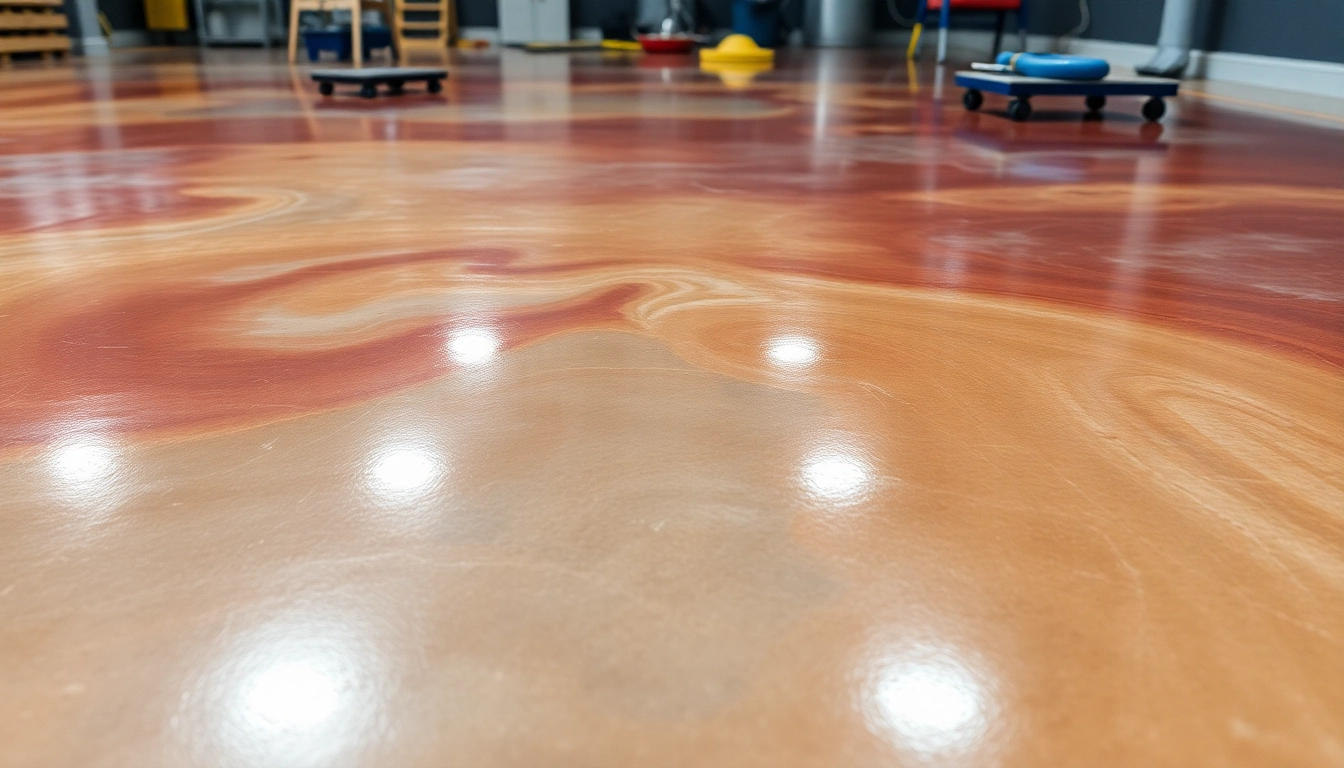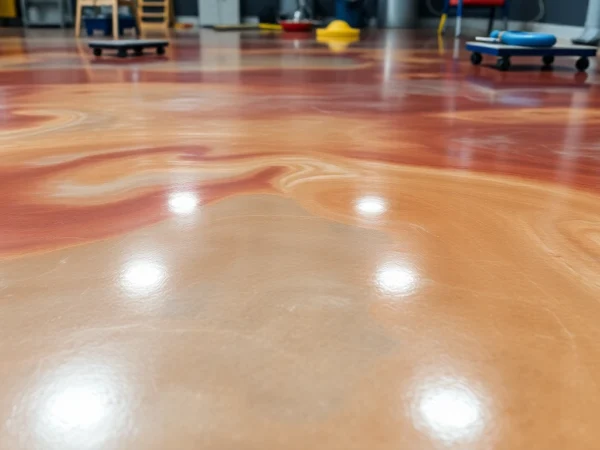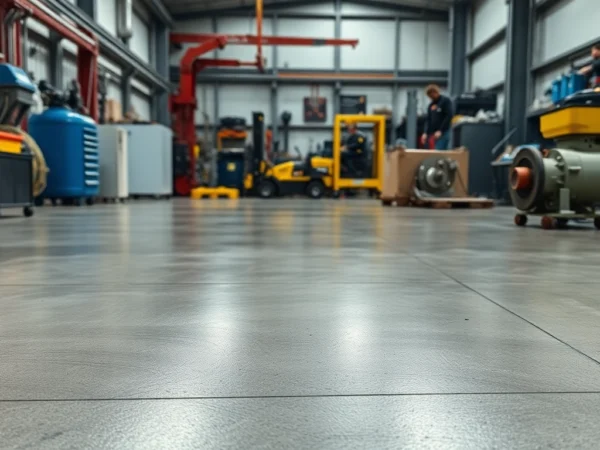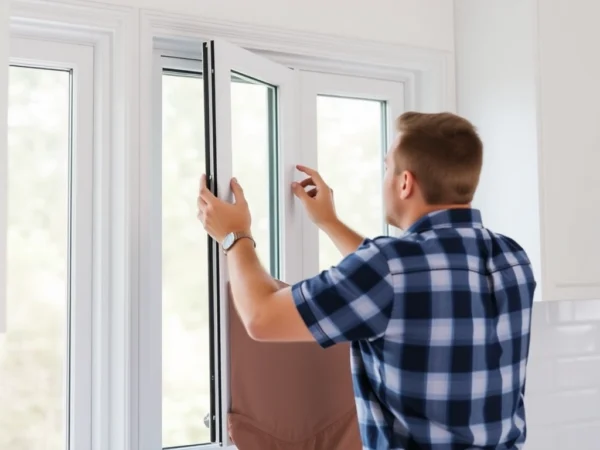Proven Techniques for Installing a Durable Epoxy Resin Floor That Enhances Any Space
Understanding Epoxy Resin Floor: Basics and Benefits
An epoxy resin floor is a highly durable, seamless coating system applied to concrete surfaces, transforming dull, rough floors into smooth, resilient, and visually appealing surfaces. Known for its excellent bonding, chemical resistance, and aesthetic versatility, epoxy floors are increasingly popular across commercial, industrial, and residential settings. Whether you’re upgrading a garage, retail space, or a warehouse, understanding the fundamentals of epoxy resin flooring is essential to making an informed decision.
Epoxy resin floor systems are formulated with resin and hardener components that chemically react to form a rigid plastic material. This chemical reaction results in a durable, hard-wearing surface capable of withstanding heavy traffic, spills, abrasions, and impacts.
What is an Epoxy Resin Floor?
At its core, an epoxy resin floor is a multilayered coating that involves the application of epoxy resin combined with specific hardeners, catalysts, and sometimes decorative additives. The system provides a continuous, monolithic surface that bonds strongly to concrete, offering a sealed, easy-to-clean finish. Its versatility allows for various finishes, from high-gloss smooth surfaces to textured anti-slip coatings.
Advantages of Choosing an Epoxy Resin Floor
- Exceptional Durability: Epoxy floors resist chipping, cracking, and surface wear, especially when correctly installed and maintained.
- Chemical and Spillage Resistance: Ideal for environments prone to chemical spills, such as laboratories, factories, or garages.
- Ease of Maintenance: Seamless surface prevents dirt accumulation, simplifying cleaning routines.
- Enhanced Aesthetics: Available in numerous colors, finishes, and effects, including metallic or quartz finishes.
- Cost-Effectiveness: Long-lasting, low-maintenance flooring reduces replacement and cleaning costs over time.
- Safety Features: Customizable anti-slip surfaces improve safety standards in high-traffic zones.
Common Applications and Industries
Epoxy floors find their application in a broad spectrum of industries. Commercial kitchen flooring, automotive garages, pharmaceutical laboratories, retail showrooms, and industrial warehouses are just some of the areas where epoxy offers unparalleled benefits. Its chemical resistance and durability make it the preferred choice for heavy-duty environments, while its aesthetic flexibility appeals to upscale residential projects, such as home gyms or basements.
Planning Your Epoxy Resin Floor Project
Assessing Space and Surface Preparation
The success of an epoxy installation begins with meticulous planning and preparation. Evaluate the size, usage, and existing condition of your concrete surface. Concrete should be structurally sound, clean, dry, and free of contaminants such as oil, grease, or previous coatings. Properly etched or mechanically abraded surfaces promote optimal epoxy adhesion and longevity.
Selecting the Right Epoxy System
Not all epoxy formulations are suitable for every environment. When choosing, consider factors such as load requirements, exposure to chemicals or UV, slip resistance, and desired aesthetics. For high-traffic commercial spaces, high-build epoxy systems or polyaspartic coatings offer enhanced durability. For decorative residential finishes, options like metallic epoxy or epoxy coatings with quartz aggregates can deliver stunning visual effects.
Designing for Functionality and Style
Planning should account for specific functional needs—such as anti-slip features or insulation—and stylistic preferences. Modern epoxy solutions can mimic marble, create metallic effects, or incorporate color flakes for a textured look. Incorporating local branding or decorative motifs is also achievable through custom pigments and patterns.
Step-by-Step Installation Process
Surface Cleaning and Priming
Prepare the concrete surface by removing all debris, oils, and loose particles. Mechanical methods such as shot blasting or diamond grinding ensure a clean, profiles surface ideal for bonding. Apply a suitable primer designed for epoxy systems to enhance adhesion and seal porous concrete.
Mixing and Applying Epoxy Layers
Follow manufacturer instructions precisely when mixing epoxy resin with hardeners, ensuring thorough blending to prevent uneven curing. Typically, epoxy is poured and spread evenly using rollers, brushes, or squeegees. Multiple coats may be required, with proper drying periods to achieve an even, seamless finish.
Curing, Finishing, and Maintenance Tips
Adequate curing time—ranging from 24 to 72 hours depending on conditions—is critical for maximum strength. Apply topcoats or sealers for additional UV stability or slip resistance as needed. Post-installation, routine cleaning with pH-neutral cleaners maintains appearance and performance, while prompt repairs prevent small damages from worsening.
Optimizing Performance and Longevity
Preventative Care and Damage Prevention
To extend the lifespan of your epoxy floor, implement preventative measures like using mats at entry points, avoiding dragging heavy or sharp objects, and promptly cleaning spills. Regularly inspect for chips, cracks, or wear and address issues early with patching kits or local repairs.
Easy Repair and Touch-up Techniques
Repair routines involve cleaning the damaged area, roughening it for better adhesion, and applying a compatible epoxy patch or topcoat. Small chips or scratches can be sanded and recoated with minimal disruption, preserving the overall integrity of the surface.
Enhancing Durability with Top Coats
Applying high-quality varnishes or polyurea topcoats can provide UV resistance, chemical protection, and anti-slip properties. These coatings serve as a protective barrier against environmental and mechanical stressors, ensuring your epoxy floor remains pristine for years.
Innovations and Trends in Epoxy Resin Flooring
Latest Formulations and Eco-friendly Options
The epoxy industry continually evolves, with manufacturers introducing eco-friendly formulations that reduce VOC emissions and incorporate plant-based resins. These greener options not only meet stricter environmental standards but also improve indoor air quality and safety.
Design Trends: Metallic, Quartz, and Custom Effects
Modern aesthetics are dominated by metallic epoxy finishes that create dynamic, shimmering surfaces. Quartz infusions add texture and slip resistance, while custom pigments enable personalized patterns, logos, or gradients—making epoxy flooring not just functional but also a statement piece.
Integrating UV Resistance and Anti-Slip Features
UV-stable epoxy and specialized anti-slip aggregates are increasingly incorporated into formulations, especially for outdoor or brightly lit environments. These innovations prevent discoloration, degradation, and accidents, ultimately enhancing safety and durability.










